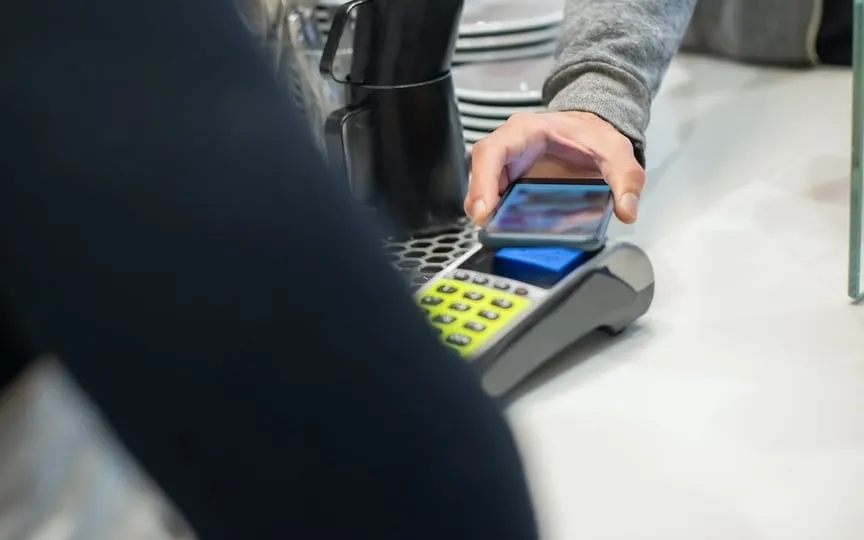Regulators Urge Caution When Using Payment Apps Such as PayPal and Venmo
Undoubtedly, digital wallets and mobile payment services like PayPal and Venmo have revolutionized daily financial transactions. While credit and debit cards were once thought to be the technology that would replace cash, digital wallets are now gaining popularity and slowly replacing bank cards. In 2022, the total transaction volume across mobile payment services exceeded $1 trillion for the first time, reaching $1.1 trillion. However, US regulators are cautioning citizens against storing large sums of money in these apps or replacing banks and credit unions with them due to the lack of security for users’ funds.
According to a CNN report, Consumer Financial Protection Bureau (CFPB) Director Rohit Chopra warned last week that payment services are “increasingly used as an alternative to a traditional bank or credit union account, but lack the same protections to secure funds.” safe.” Underscoring the extent of the danger, the statement added that more than three-quarters of American adults have used at least one payment app.
What are the risks associated with payment applications?
The biggest problem with payment apps and digital wallets is that they don’t have the same federal protections that banks and credit unions have. This federal protection is important because if a bank makes bad financial decisions, loses all of its money and is forced to close, the account holders still have a portion of their money insured and the US government pays the amount. However, payment apps do not offer such protection.
Can banks go bankrupt?
Although the probability is very low, banks can declare bankruptcy. In 2023, Silicon Valley Bank and Signature Bank fail after several bad investments. Such incidents do not happen very often, but it is a possibility that people should be prepared for.
How much money can the account holder get back?
If a federally insured financial institution fails, account holders will recover up to $250,000 per account. For Silicon Valley Bank and Signature Bank account holders, the US government has raised the limit and decided to cover every account holder’s deposits in full.
PayPal savings exception
Some digital payment services deposit their customers’ money in FDIC member banks and are therefore protected. PayPal Savings is an example.
How can payment apps lose customers money?
Banks invest the money deposited with them and make money from the profits they get from these investments. Payment apps do the same. The only difference is that the money in bank deposit accounts is insured, while these apps do not offer such insurance, making it safe to keep the money in them.
The best way to use the Payments app
This does not mean that such applications should not be used at all. People who use payment apps and keep only a small amount of money in their digital wallet that they know they will spend per day or week are unlikely to face large losses. The risk of losing money lies mainly with those who keep large sums of money in these digital wallets.




